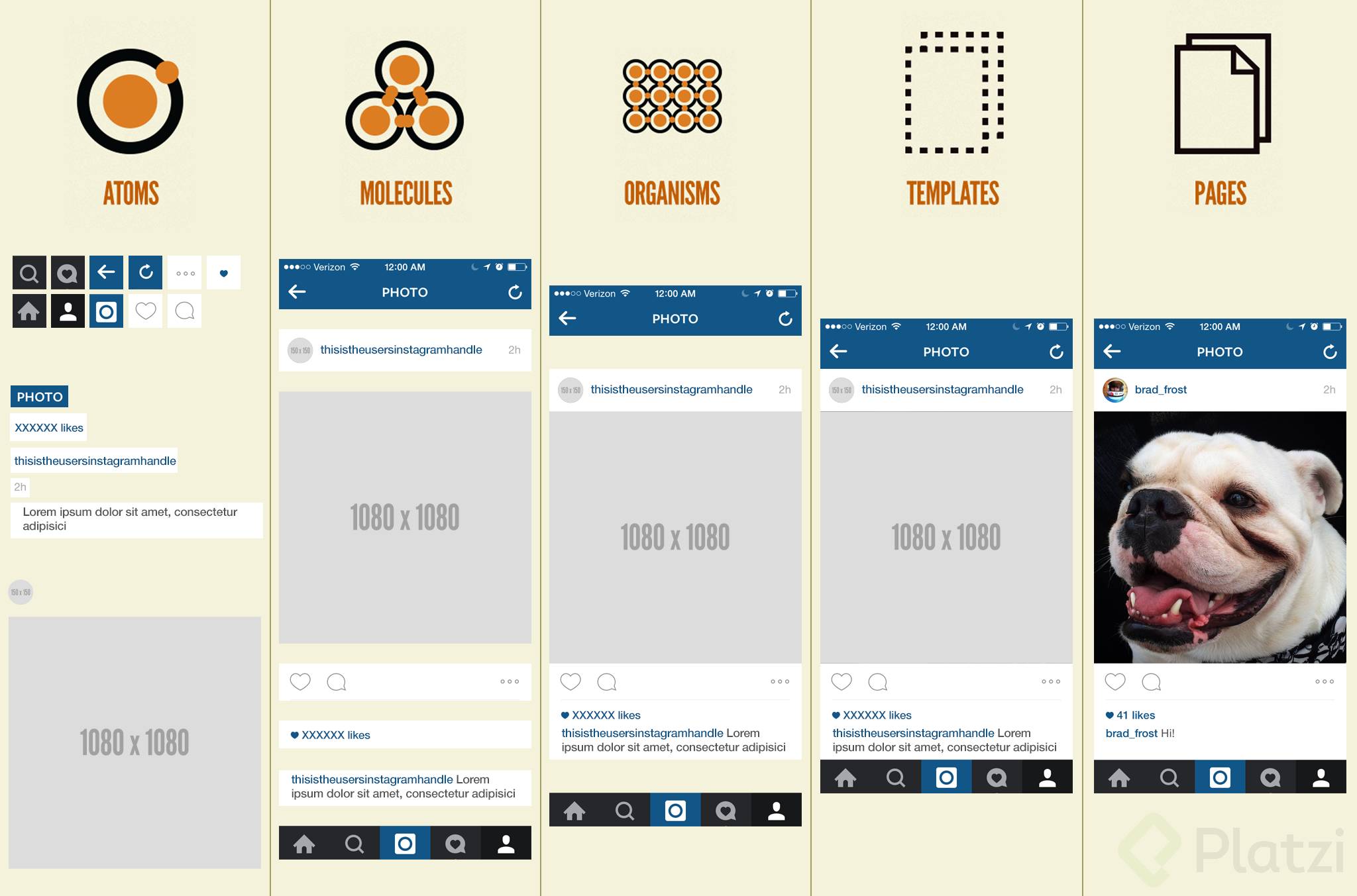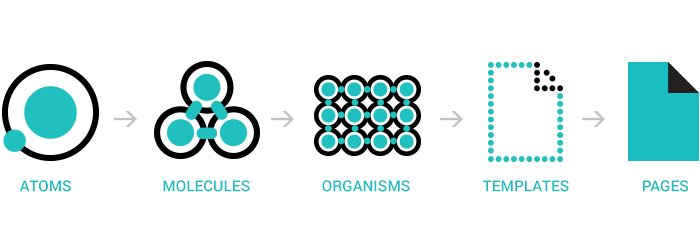Table Of Content

A design language defines a project-wide style that guides teams toward a common goal. When done well, the design language helps products stand out from competitors. Some developers create design languages that guide product lines. When this happens, an app released today will share similarities with a website released two months later. Atomic components are reusable building blocks that are independent.
And now we can include that relatively complex pattern anywhere we need it.
Atomic design provides a clear methodology for crafting design systems. Clients and team members are able to better appreciate the concept of design systems by actually seeing the steps laid out in front of them. Here, placeholder content is replaced with real representative content to give an accurate depiction of what a user will ultimately see.
Design Systems & DesignOps in the Enterprise
Instead, this framework encourages us to look at each page as several organisms that together, create the interface. Your design system must be agile, responsive to feedback, and able to evolve along with the products it produces. Well-adjusted developer-user collaboration is yet another prerequisite for efficient design system management. A big advantage of specialized frameworks is that they speed up the development cycle dramatically; Namely, they help developers rapidly turn concepts into prototypes and launch websites.
Fewer components, more efficient development
A more stable design for a pulsed optically pumped atomic clock - AIP.ORG
A more stable design for a pulsed optically pumped atomic clock.
Posted: Fri, 24 Apr 2020 07:00:00 GMT [source]
But agile is a loaded term, with big differences between capital-A Agile and lowercase-a agile. Capital-A Agile is a specific methodology for software development, equipped with a manifesto and accompanying frameworks like Scrum and Lean. In addition to disorienting users, these monolithic redesigns don’t get to the organizational root of the problem.
Atomic design’s hierarchical approach allows for scalability and flexibility in design, making it easier to test and make changes without affecting the entire design. The modularity of the design also makes it more efficient for larger projects where multiple designers are involved. Overall, the atomic design methodology is a powerful tool for creating consistent and cohesive designs. These are valid questions, considering we’ve been building user interfaces for a long time now without having an explicit five-stage methodology in place. But atomic design provides us with a few key insights that help us create more effective, deliberate UI design systems.

To address this reality while maintaining our sanity, it’s absolutely necessary for us to take a step back and break these giant responsibilities into smaller, more manageable chunks. Right now, our entire industry is drowning in a sea of devices, viewport sizes, and online environments. As for the 30,000-page university website, it might be tempting to declare, “Thousands of pages?!
A Guide to Atomic Design with React Components
The thought is that all matter (whether solid, liquid, gas, simple, complex, etc) is comprised of atoms. Those atomic units bond together to form molecules, which in turn combine into more complex organisms to ultimately create all matter in our universe. For as long as I’ve been talking about atomic design, I’ve had people proffer alternate names for the stages of the methodology. Person One would suggest, “Why not just name them elements, modules, and components? ” while Person Two would suggest, “Why not just name them base, components, and modules?
In both the design and code, we can create and control the button in one place, and then reuse it all across our projects. Then, when that button needs an update, the change is simple and centralized, even though it impacts the entire design. This theme of efficiency will continue as the complexity of our elements increases. At the template stage, we break our chemistry analogy to get into language that makes more sense to our clients and our final output. Templates consist mostly of groups of organisms stitched together to form pages.
The Secrets of Product Life Cycle Management
As components evolve, re-evaluating their place in the atomic hierarchy helps keep the library coherent as it expands. One of the consequences of this great control over the UI components is that coding is made much easier on the developer team. With the design system that grows from the atomic way of doing things, there’s no guessing, no confusion. Instead, there’s a single source of truth that holds all the components in use along with their respective codes. So far, the design team paid a lot of attention to the fine details of each organism and its molecules and atoms. Things like functionality and practicality have been major players in the game, offering a whole series of options for assembling the screens of the product.
Using Prismic as our CMS gives us a massive speed boost when getting up and running because it’s extremely compatible with atomic design systems. We won’t focus too much on the setup for using Prismic, but after we build our atomic design elements, we’ll take a tour of how they translate into a custom page builder. In searching for inspiration and parallels, I kept coming back to chemistry.
As the number of people working on a project increases, it becomes all too easy for communication breakdowns to occur. It’s not uncommon for different disciplines to have different names for the same module, and for individuals to go rogue and invent their own naming conventions. For true collaboration to occur, it’s essential for teams to speak a common language. Style guides are there to help establish that shared vocabulary.
Atomic design is an innovative five-stage interface creation approach. Each stage is focused on achieving more balanced and consistent interface design systems than what today’s software market has to offer. Though rebranding a website by changing a template in one fell swoop is tempting, atomic design reminds designers to take a step back to view the atoms first.
A group of organisms acts like a puzzle, piecing together to create an entire contact page, complete with navigation, submission forms, text boxes, and other layout aspects. One of the key benefits of atomic design is that it allows for scalability in design. This means we can break entire interfaces down into fundamental building blocks and work up from there.
Heck, you can even use UI frameworks like Bootstrap within Pattern Lab. It features an optimized search bar with which you could search for elements and widgets that you want to use in your projects. With Mockitt, you could design mockups and transform them into prototypes very quickly. It also enables you to share your projects with your team within a few clicks. The other team members can also comment on the app and give their valuable feedback. The prototyping space is getting advanced day by day and many new tools are being launched to help designers reach their potential.
Having a list of components that respect the general style of the product is only part of the battle. It takes entire patterns and templates, the ability to implement new things that follow the lines of previous work. Atomic Design borrows from that way of looking at things, applying it to digital products.

No comments:
Post a Comment